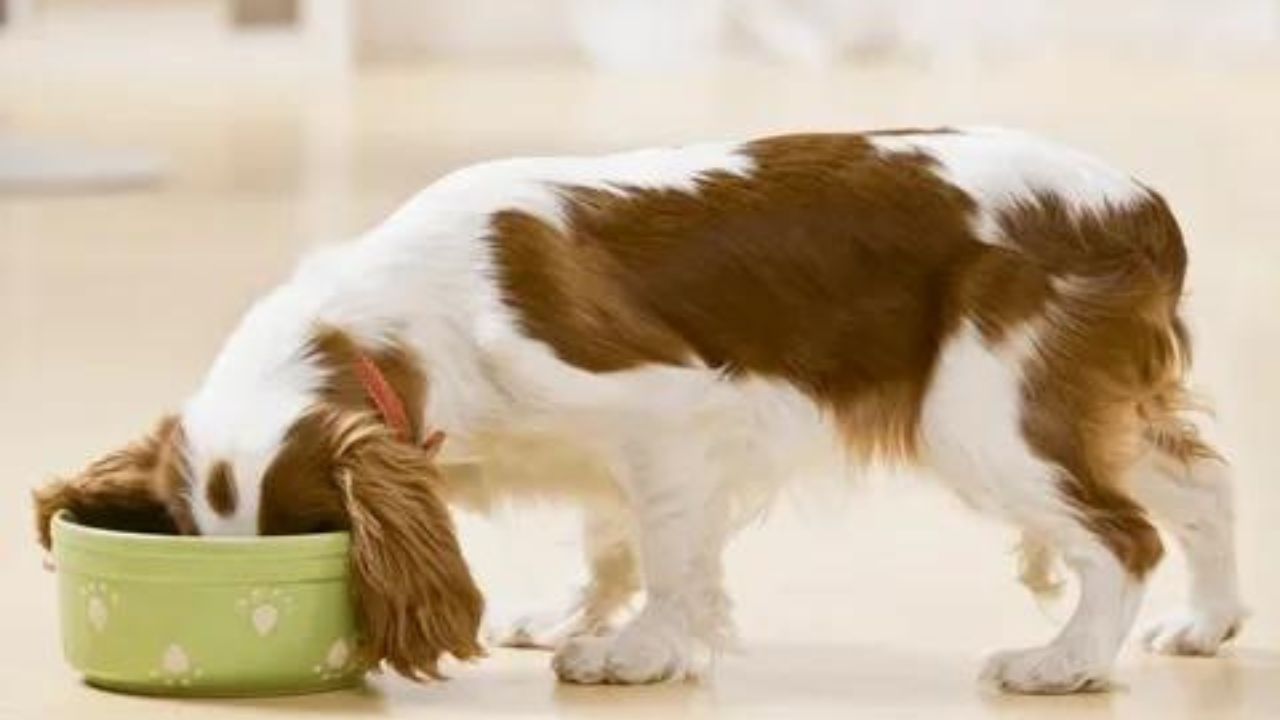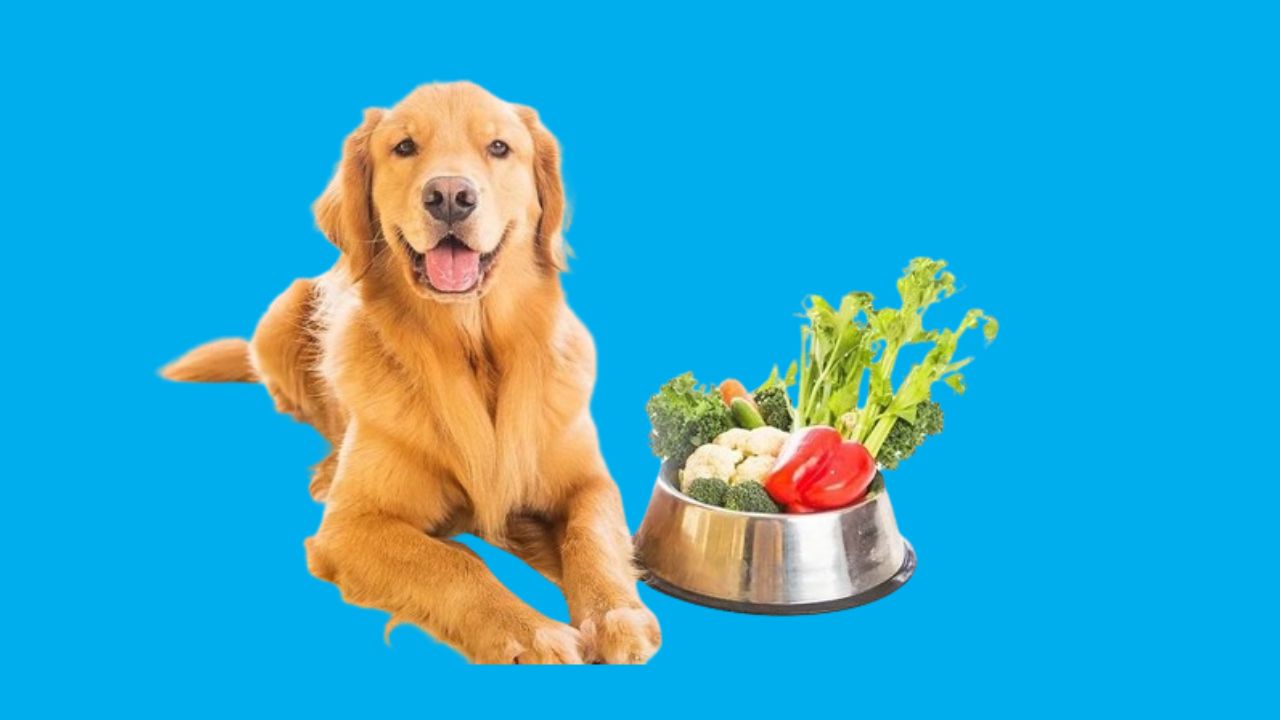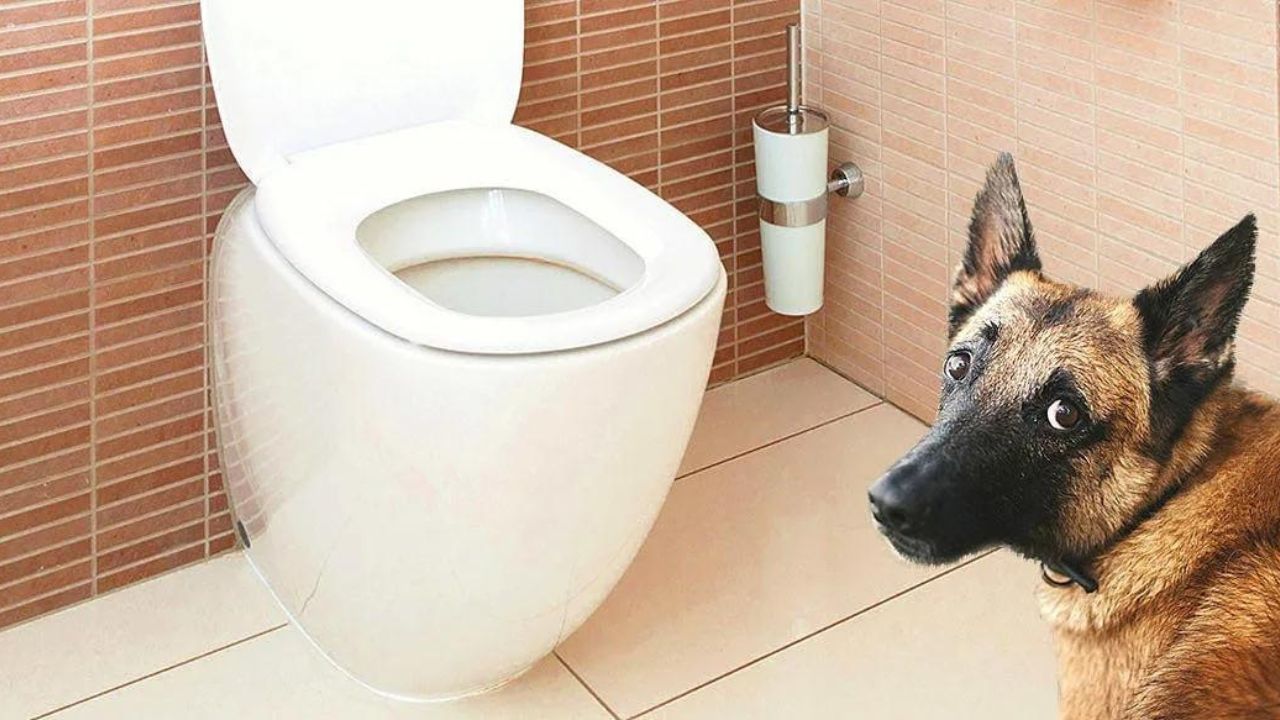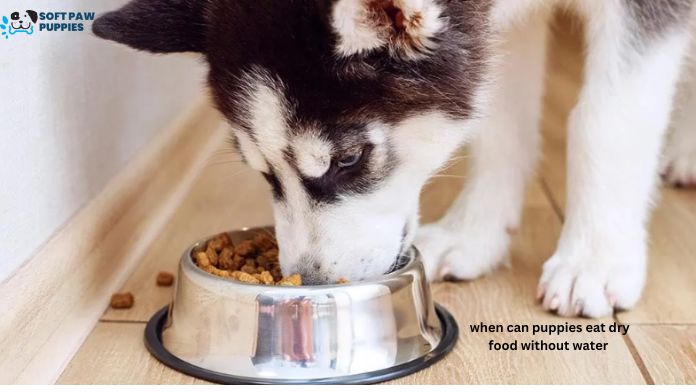
Bringing a new puppy into your home is an exciting and joyous occasion. As a responsible pet owner, providing them with the proper nutrition for their growth and development is crucial. One common question arises about whether puppies can eat dry food without water.
This comprehensive guide will explore the ideal time to introduce dry food without water to your furry friend. We’ll cover various aspects, including their nutritional needs, the weaning process, and important considerations for a smooth transition
The Importance of Proper Nutrition for Puppies
Puppies have unique nutritional needs compared to adult dogs. During their early stages of development, they require a balanced diet that includes a mix of proteins, carbohydrates, fats, vitamins, and minerals. Adequate nutrition helps support their growing bones, muscles, and organs. Please write more puppies without food
The Transition from Mother’s Milk to Solid Food
Puppies usually start weaning from their mother’s milk at around three to four weeks of age.
This process involves introducing solid food gradually while still providing the nourishment of their mother’s milk. Initially, the food is often moistened to make it easier for the puppies to consume and digest.
Introducing Moistened Dry Food
Once your puppies reach around six to eight weeks, you can start introducing dry food into their diet. However, despite the fact that puppies can eat dry food without water, it’s important to consider a few factors during this transition.
Firstly, moistening the dry food with water or a puppy milk replacer can greatly assist in making it easier for them to chew and swallow. By doing so, you ensure that the food is more manageable for their young teeth and sensitive digestive system. Additionally, moistening the food also plays a crucial role in preventing any potential choking hazards.
This step promotes a safer eating experience for your puppies, reducing the risk of discomfort or harm. Therefore, incorporating this simple practice into their feeding routine can contribute to their overall well-being and a smooth transition to a dry food diet.
The Significance of Hydration
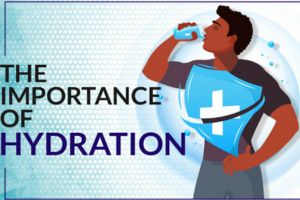
Hydration plays a vital role in a puppy’s overall health. Like humans, dogs require water to regulate their body temperature, aid digestion, and maintain organ function. While it is true that puppies can eat dry food without water, it is important to remember that their hydration needs should still be prioritized.
Always providing your puppy with access to clean, fresh water is essential. Water not only helps prevent dehydration but also supports various bodily functions, including nutrient absorption and waste elimination. By ensuring that your puppy has an adequate supply of water, you contribute to their overall well-being and promote a healthy lifestyle.
Understanding Dry Food
Dry food, known as kibble, is popular with many puppy owners due to its convenience and nutritional benefits.
High-quality dry food is formulated to provide a balanced diet, encompassing the necessary proteins, carbohydrates, fats, vitamins, and minerals. These essential nutrients support your puppy’s growth, energy levels, and immune system.
The Benefits of Combining Dry Food and Water
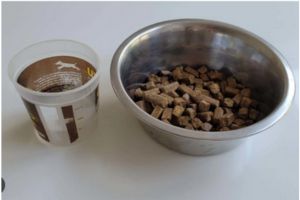
By combining dry food with water, you create a moistened meal that offers several advantages for your puppy:
Enhanced Hydration
Mixing water with dry food ensures your puppy receives the necessary moisture to support digestion and overall well-being.
Improved Palatability
Some puppies may find dry food alone less appealing. Moistening the kibble with water can enhance its taste and texture, making mealtime more enjoyable for your furry companion.
Easier Chewing
For young puppies with developing teeth, moistened kibble is easier to chew and digest. It minimizes the risk of choking or discomfort during mealtime.
Customizable Consistency
Adjusting the amount of water added to dry food allows you to create a consistency that suits your puppy’s preference, whether a softer texture or a firmer chew.
Guidelines for Feeding Puppies
To ensure your puppy’s health and happiness, follow these guidelines when feeding them dry food:
Provide fresh water
Always offer a bowl of clean, fresh water alongside your puppy’s dry food. Monitor the water level throughout the day and refill as needed.
Moisten dry food
For puppies, it is beneficial to moisten dry food to make it easier to chew and swallow. Add a small amount of water to the kibble and let it soak for a few minutes before serving.
Establish a feeding schedule
Establish a regular feeding schedule for your puppy to promote healthy eating habits. Divide their daily food portion into several small meals throughout the day.
Monitor Portion Sizes
It is important to feed your puppy appropriate portion sizes based on their age, breed, and activity level. Consult your veterinarian for guidance on determining the right amount of food for your furry friend.
Observe your puppy’s behavior
How your puppy responds to the food. If they consistently leave food uneaten or show signs of discomfort, consult your veterinarian for further evaluation.
Signs of Readiness for Dry Food
Determining when to introduce dry food without water depends on the puppy’s developmental milestones. Here are a few signs that indicate they are ready:
Increased curiosity
Puppies become more curious about their surroundings, including their mother’s food and water bowls.
Teeth development
Puppies start teething around three to four weeks old, indicating that their digestive system is becoming ready for solid foods.
Chewing behavior
Puppies often explore and chew on objects around them, which shows their inclination toward solid foods.
Interest in Mother’s food
When you notice your puppy trying to sample its mother’s food, it’s a good sign that they are ready to transition to solids.
Steady weight gain
Puppies should have a consistent weight gain pattern, which reflects their ability to digest and assimilate nutrients from solid food.
Transitioning to Dry Food Without Water
The transition to dry food without water should be gradual to avoid any digestive upset. Abrupt dietary changes can lead to stomach upset, diarrhoea, and other gastrointestinal issues. Follow these steps for a smooth transition:
Mixing with milk
Moisten the dry food with warm water or milk. This softens the kibble and makes it easier for puppies to chew and digest.
Gradual reduction of liquid
Gradually reduce the amount of liquid added to the dry food for one to two weeks. This allows puppies to adjust to the texture and taste of dry kibble.
Monitor water intake
During the weaning process, monitoring your puppy’s water intake is important. While reducing the liquid in their food, ensure they have access to fresh water at all times to prevent dehydration.
Size-appropriate kibble
Choose a dry food brand specifically formulated for puppies. Ensure the kibble size is suitable for their small mouths and encourages chewing.
Feed small, frequent meals
Puppies have small stomachs and high energy levels. Offer small, frequent meals throughout the day to meet their nutritional needs. This helps prevent overeating and aids digestion.
Common Mistakes to Avoid
- When introducing dry food without water to your puppies, there are a few common mistakes to avoid:
- Avoid abrupt changes in their diet, which can lead to digestive upset.
- Ensure the dry food is appropriate for their age and breed, as puppies have different nutritional requirements.
- Avoid overfeeding, as excess weight can lead to health problems.
FAQ
When is the right time to introduce dry food without water to puppies?
Puppies can start eating dry food without water around six to eight weeks of age. However, it’s important to assess their readiness by observing signs like teeth development, chewing behavior, and interest in their mother’s food.
Can I feed my puppy dry food exclusively from the beginning?
While it’s possible to start with dry food, it is generally recommended to gradually transition from milk to solid food. The weaning process helps puppies develop their digestive system and adjust to the texture of the dry kibble
Should I moisten the dry food before feeding it to my puppy?
Yes, moistening the dry food with warm water or milk during the initial stages of weaning makes it easier for puppies to chew and digest. Over time, you can reduce the amount of liquid added until they can comfortably eat dry food without water.
Conclusion
In conclusion, while puppies can eat dry food without water, it is essential to prioritize their hydration needs. Combining dry food with water offers numerous benefits. Firstly, it provides enhanced hydration, ensuring that your puppy stays properly hydrated. Moreover, it aids in easier chewing, especially for puppies with smaller teeth or dental issues.
It is crucial to always provide fresh water for your puppy, as it plays a vital role in their overall health. Establishing a feeding schedule is also important, as it helps regulate their eating habits and ensures they receive the necessary nutrients at the right times.
Lastly, it is crucial to monitor your puppy’s behavior for any signs of discomfort, as this could indicate an issue with their diet or hydration. Remember, your puppy’s health and well-being are our top priority.


